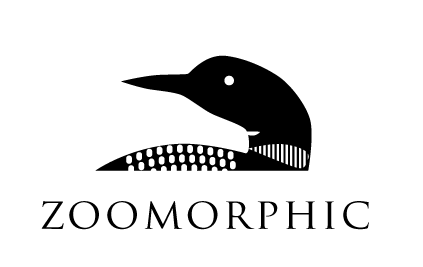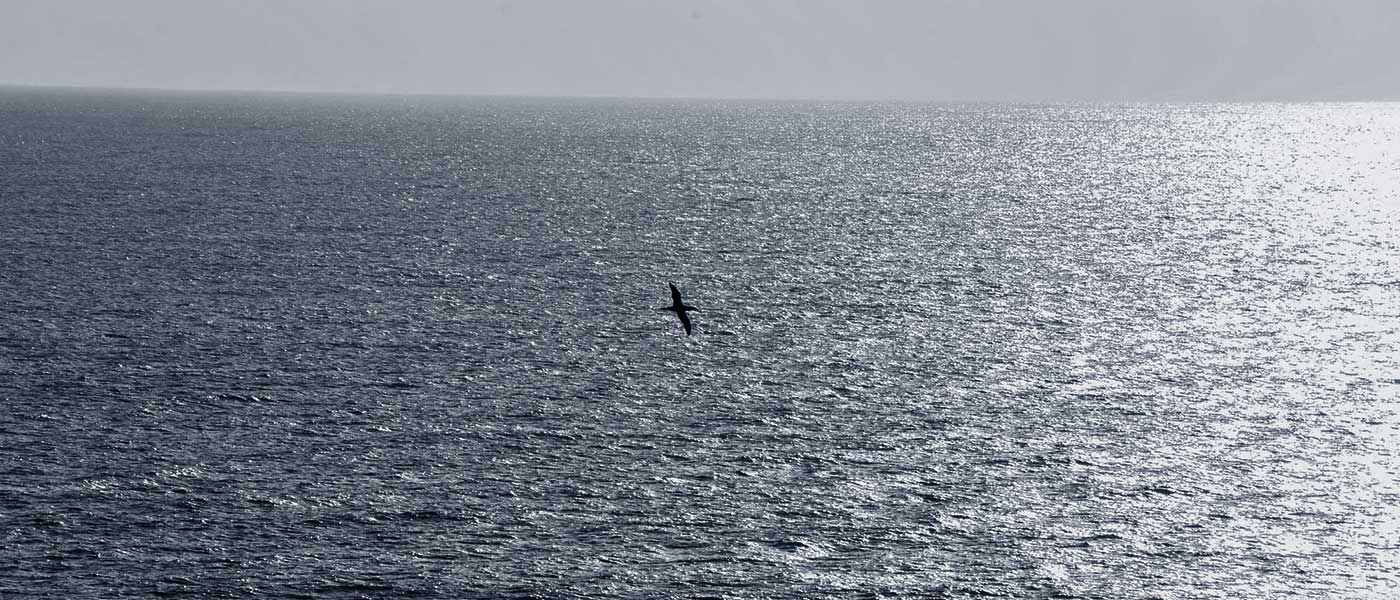by Karen Izod
27th May, Bhaltos, Isle of Lewis
I am back at Bhaltos, a small scattering of houses overlooking Phabaigh Mor on the Isle of Lewis. This is the last week in May. It’s cold by my southern standards and spring feels like it is slow to arrive: primroses are in abundance, but only a few bird’s-foot trefoils, and marsh marigolds hold the promise of a more abundant machair. Wheatears are everywhere, their white rumps flashing across this sparse and rocky terrain.
When I was last here in September 2013, it was on the heels of a Force ten gale. Rough seas, just calmer as they reached Caolas Phabaigh, the narrow stretch of water that we wake to each morning, was a theatre of gannets: wings drawn back ready for the dive, then sudden explosions all around as they hit water. One after another, it rained gannets. This time it is much calmer, and only a hand-ful of these wide-winged birds are coming in, still a spectacle, just a smaller scale.
These are long days, light until 10.30 or so, and there is time for late walks on the beach. It’s a still evening, the wind has dropped and the light stretches right out over the muted greens and greys of Loch Roag towards Bearnaraigh. Tonight I’m watching a couple of sanderlings running in and out with each wave, their speed is extraordinary, comic even. I look across the sand, then I see that there are more: only their movement gives them away, scarcely visible against the white sand, and the mottled browns of the weeds and rocks. Further along towards the end of the cove, a ragged group of ringed plovers suddenly take flight, their high-pitched see-sawing cries carrying on the rising wind.
Yesterday, I narrowly avoided treading on a clutch of ringed plover eggs. Lying in the shallowest of scrapes, encircled by a dried out necklace of stipe and sea wrack, the nest lay stepping distance from the marram grasses at the edge of Traigh na Berie. As we moved quickly on, my daughter’s keen eye had seen the mother return to the scrape and settle in an instant. From a distance now, we could watch the effectiveness of the camouflage working away at what to us seemed the most fragile and exposed site for nesting. We start to calculate how long the nest needs to survive; can it get through these next few days with its half-term visitors in their camper vans? It feels so very precarious.
Later, we are at Losgaintir, a vast tidal expanse on the Isle of Harris, walking against the backdrop of huge dunes. Over towards Mhiabhaig and the mountains to the North the sky is purple with imminent rain. On the beach is a gannet: newly dead, with only a dusting of sand over its crumpled wings. It’s hard to see what has happened to it. Close up, I can see the power it once held in its head and neck, the beauty in that flush of yellow.
Karen Izod is an organisational consultant and academic and the author/editor of several books and articles. Her creative work focuses on attachment, identity and belonging. Long-listed in the 2015 New Welsh Review’s Writing Awards, People, Place and Planet. Karen’s poetry is published in Agenda, the Journal of Attachment, and Karnacology.com

